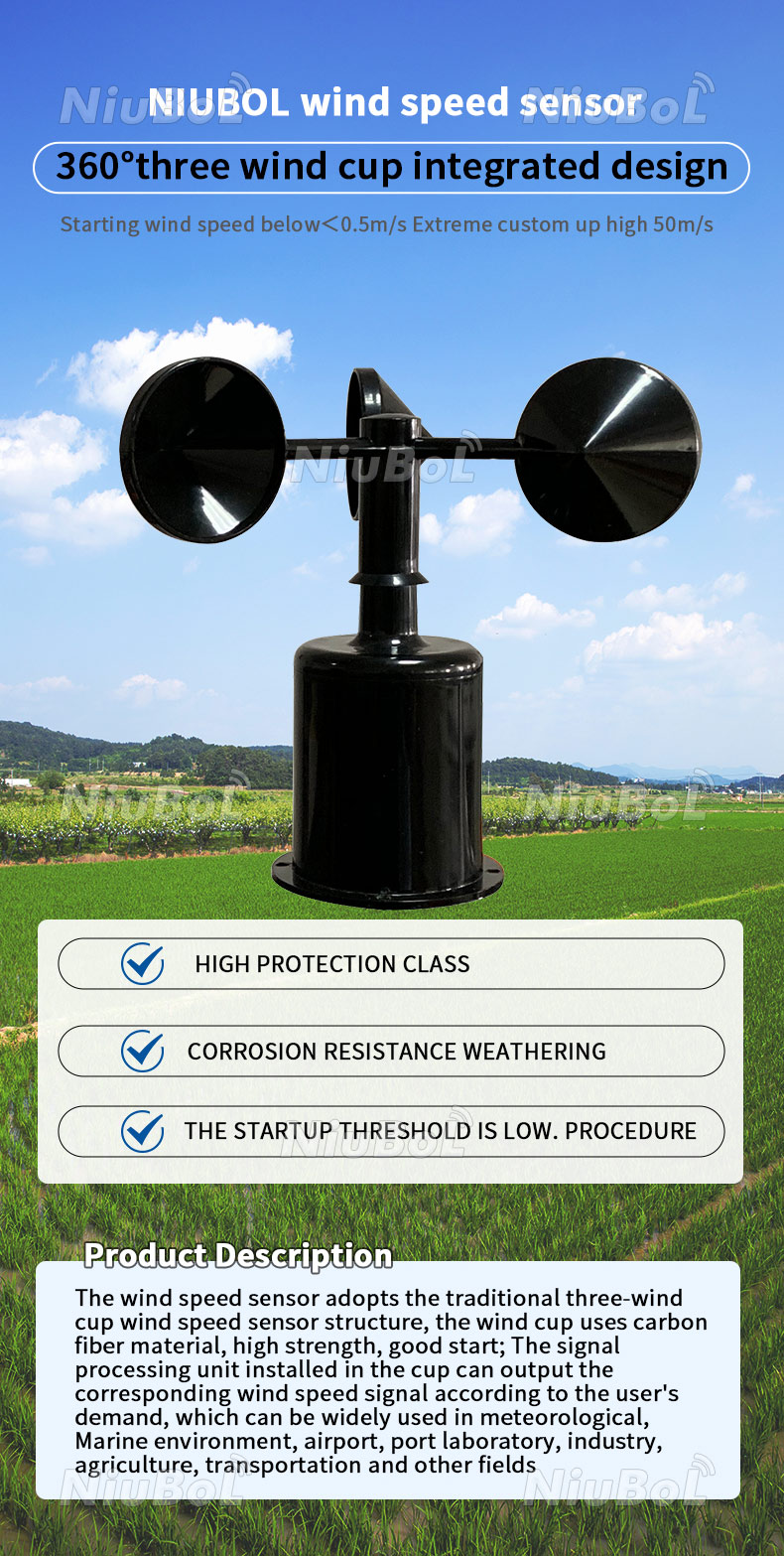How to Keep and Look After Your Anemometer to Make Sure Durability
How to Keep and Look After Your Anemometer to Make Sure Durability
Blog Article
Anemometers Revealed: Understanding Their Relevance in Environmental Surveillance and Security Procedures
The role of anemometers in environmental monitoring and safety and security procedures is often taken too lightly, yet their significance is undeniable. From weather forecasting to aviation safety, anemometers play an important role in offering exact information that informs decision-making processes and boosts overall safety.
History of Anemometers
The evolution of anemometers can be mapped back to the ancient human beings where primary wind determining gadgets were initial utilized. One of the earliest known anemometers was the hemispherical mug anemometer designed by Leon Battista Alberti in the 15th century.
In the 18th century, the popular researcher John Thomas Romney Robinson introduced the Robinson anemometer, which featured 4 hemispherical cups placed on straight arms that extended from a central axis. This design ended up being a standard in meteorological measurements because of its accuracy and dependability. Over the years, improvements in technology caused the development of more modern-day anemometers, including ultrasonic anemometers and laser Doppler anemometers, using increased precision and effectiveness in gauging wind speed and instructions. The background of anemometers showcases an impressive journey of development and progression in the area of meteorology.
Kinds Of Anemometers
Throughout the field of meteorology, various kinds of anemometers have actually been developed to precisely measure wind speed and instructions. One of the most common type is the mug anemometer, which includes 3 or four mugs installed on horizontal arms that rotate with the wind. As the mugs rotate, the speed at which they rotate is straight proportional to the wind speed. An additional extensively used type is the vane anemometer, which includes a tail or fin that straightens itself with the wind direction. This placement enables the device to identify the wind instructions. Sonic anemometers utilize ultrasonic signals to determine wind rate and direction accurately. They are generally utilized in study applications as a result of their high precision. Hot-wire anemometers operate based upon the principle that the cooling effect of wind on a heated wire is symmetrical to the wind rate. These anemometers are appropriate for measuring reduced wind rates with high precision. Each type of anemometer has its toughness and is chosen based on the specific needs of the surveillance job handy.
Applications in Weather Forecasting
Having actually discussed the various types of anemometers utilized in weather forecasting for measuring wind speed and instructions, it is crucial to discover their practical applications in the field. Anemometers play a critical duty in meteorology by offering real-time and precise data on wind conditions (anemometer). Meteorologists utilize anemometers to keep an eye on wind rate and instructions to anticipate climate patterns, concern warnings for severe weather condition events like twisters, cyclones, and storms, and examine atmospheric problems for air travel security
In weather forecasting, anemometers assist in understanding local and neighborhood wind patterns, which are essential for forecasting weather condition adjustments and identifying climatic patterns. These devices are likewise utilized in research to research microclimates, city heat islands, and air contamination diffusion. In addition, anemometers are utilized in agriculture to maximize crop administration methods, such as irrigation and chemical application, based on wind conditions.
Relevance in Aeronautics Security
An essential facet of making sure aviation safety and security depends on the meticulous surveillance of wind problems utilizing anemometers. Anemometers play a vital role in aeronautics by offering real-time information on wind rate and direction, helping pilots in making informed choices throughout take-off, touchdown, and flight. Unforeseeable and strong winds can significantly influence airplane operations, making it essential for air travel authorities to depend on accurate wind measurements to ensure the safety and security of travelers and staff.

In the dynamic setting of aeronautics, where also small modifications in wind rate and direction can have extensive results, anemometers stand as essential devices for promoting secure and safe flight.
Role in Environmental Study
Anemometers play a crucial function in ecological research study by providing crucial information check my blog on wind speed and instructions. By accurately determining wind characteristics, anemometers help researchers evaluate the motion of toxins in the air, evaluate the impact of industrial emissions, and predict the spread of contaminants in the atmosphere.


Final Thought
Finally, anemometers have actually played an important duty in environmental monitoring and safety measures. With a rich background and different types available, these tools have actually been widely used in weather forecasting, air travel safety, and environmental study. Recognizing the relevance of anemometers is crucial for precisely determining wind speed and instructions, which is essential for anticipating weather patterns, guaranteeing secure air travel procedures, and carrying out environmental researches - anemometer. Their payments to these areas can not be undervalued.
One of the earliest known anemometers was the hemispherical cup anemometer designed by Leon Battista Alberti in the 15th century. Over the years, developments in innovation led to the growth of more modern anemometers, including ultrasonic anemometers and laser Doppler anemometers, providing increased precision and efficiency in determining wind rate and instructions. Hot-wire anemometers run based on the principle that the cooling impact of wind on a warmed cord is proportional to the wind rate. Meteorologists use anemometers to monitor wind speed and direction to anticipate weather condition patterns, issue cautions for extreme climate events like hurricanes, tornados, and hurricanes, and assess climatic conditions for aeronautics safety.
Comprehending the relevance of anemometers is vital for accurately determining wind speed and direction, which is vital for predicting weather patterns, making sure secure air travel procedures, and read performing ecological researches. (anemometer)
Report this page